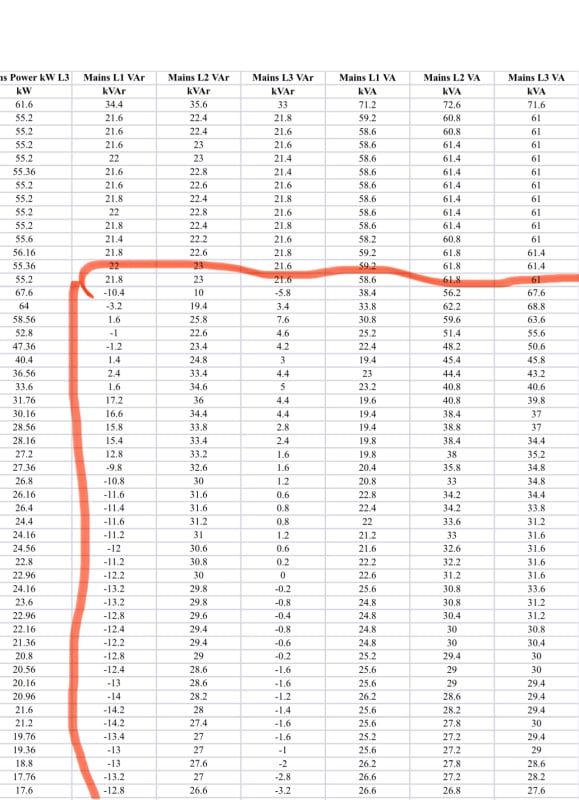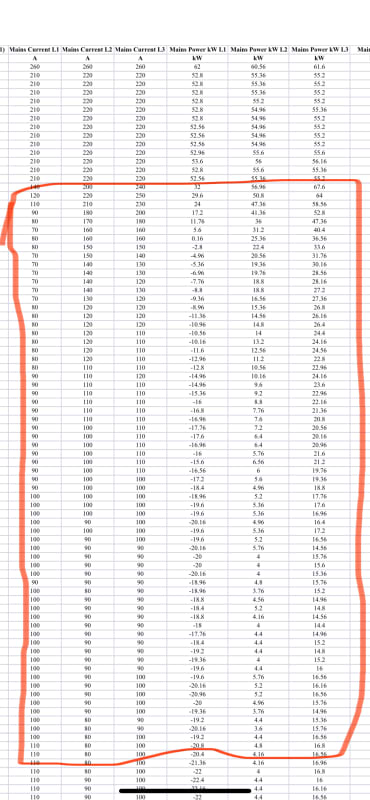A suggestion as to why the grid phases are unbalanced:
On a wye distribution system, single phase loads are often connected line to neutral.
To start, imagine the four points representing a balance system line voltages and neutral point.
Now put a load on one phase to neutral.
The voltage drop will shorten that vector.
When the voltage drops on one phase, it causes the neutral point to shift.
When the neutral point shifts, the angles of the two high phases shift.
Depending on the impedance of the neutral conductor (Number and spacing of multiple ground connections and the impedance of the ground connections) there may be a voltage drop on the neutral conductor.
A voltage drop on the neutral conductor makes the shift of the neutral point worse.
Now we come to remote voltage regulators.
On long rural lines, voltage regulators are common.
These are typically connected line to neutral.
This is good for the single phase loads that are causing the issue, but makes the issue worse for the three phase loads.
On the other side, a number of machines generate a balanced three phase back EMF.
Induction motor, synchronous motors, induction generators, synchronous generators.
So we have a symmetrical back EMF or generated EMF connected to an asymmetrical line supply.
The produced EMF works to correct the line conditions.
The output of the generator will be degraded and the condition of the grid supply will be improved.
How much?
That depends on the impedance of the generator compared to the impedance of the grid as seen by the generator.
As I said; "It depends".
With a wye delta transformer, the delta must close on itself. If the wye primary is unbalanced, the delta won't close.
But it is bolted closed.
The difference between the bolted condition and the true condition (as may be seen if the delta is broken at one corner) causes circulating currents to flow in the delta.
The delta current will be three times the transformer as seen at the delta winding.
The best solution may be to add small voltages to the individual lines out of the generator so as to correct the phase and voltage balances before the generator sees them.
Let me think about this.
So with a 3% imp. transformer a 9% unbalance will cause full rated current to circulate in the delta without any usefull load on the transformer.
If your primary wye is ungrounded, then grounding/connecting the the wye point to neutral will shift much of the grid unbalance from the generator to the transformer.
Be warned that this will reduce the available capacity of the transformer and may even overload the transformer without the generator being connected.
--------------------
Ohm's law
Not just a good idea;
It's the LAW!


